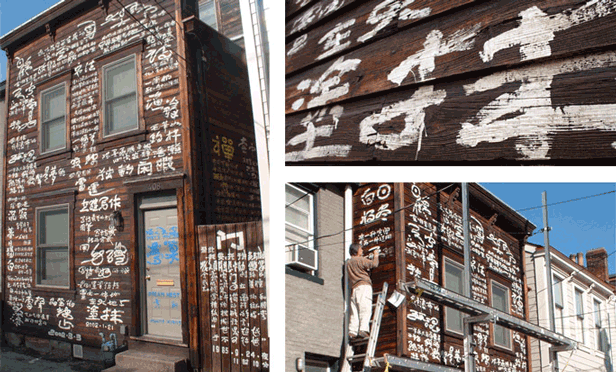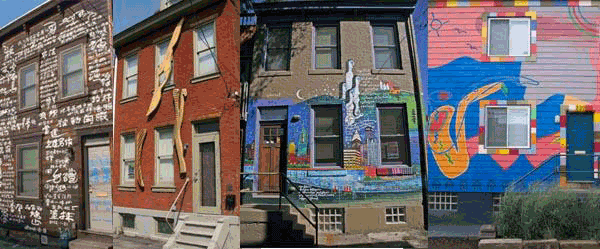In 1993, a group of writers created the International Parliament of Writers (IPW) in response to increasing institutional attacks on writers. Governments in various European cities decided to provide one to three years of protection to exiled writers, thus the “cities of asylum” began. Under the guidance of the IPW, the cities sought to protect freedom of speech and publication and the physical safety of endangered writers.
A branch of the City of Asylum opened in Pittsburgh, Pennsylvania in 2004 to “provide sanctuary to literary writers who were exiled and under the threat of persecution”. Although the Pittsburgh sanctuary was only intended to be a branch, it grew to become much more. Rather than following the structure of the original cities, which focused on emergency relief and primary funding, the Pittsburgh City of Asylum became a grassroots organization drawing strength from the community. Moreover, the Pittsburgh branch wanted to focus on helping the exiled writers build a new home in the Pittsburgh community.
How does an organization help a person exiled from their original community feel welcome and encourage them to build a new home? The City of Asylum in Pittsburgh found a solution through art called creative placemaking. This phrase is defined by the National Endowment of the Arts as,
“In creative placemaking, public, private, not-for-profit, and community sectors partner to strategically shape the physical and social character of a neighborhood, town, tribe, city, or region around arts and cultural activities”.
Huang Xiang, the first resident at the Pittsburgh City of Asylum, began his journey of creative placemaking. When he arrived in 2004, he painted the outside of his residence with his poems in Chinese calligraphy. The large-scale project celebrated and announced his freedom from censorship. The community reacted immediately, with community members attending his readings and even gifting him their own poetry. After Xiang’s celebratory painting, houses lining Sampsonia Way in the North-Side of Pittsburgh have been painted with text-based artwork creating similar house publications. Huang Xiang’s “House Poem” created what the City of Asylum calls a “public library you can read while walking”. Xiang’s work initiated the welcoming of the first wave of Pittsburgh asylum seekers and ushered in a new platform to share cultures and experiences through art.

In addition to the creative placemaking on houses, City of Asylum commissioned an artist-designed garden space for community gathering. The garden was designed by Laura Jean McLaughlin, Joel le Gall, and Diane Samuals. Custom made bricks inscribed with handwritten letters from various alphabets line the garden. Many of the letters were written by community members and visitors of City of Asylum. The space serves as a sanctuary for cultures and communities to discover and learn from one another.
Self-expression is vital to human experience and manifests through creativity. Those creative experiences require emotional vulnerability. When Huang Xiang wrote “House Poem”, he opened himself up to the Pittsburgh community. He announced his arrival with joy and celebration, but never hid his story of hardship. Neighbours and visitors appreciated and respected his vulnerability, generating trust between artist and the audience. Some read his poem and found a likeness to their own experience, formed a connection, and continued the artistic interaction by writing poems back to him. City of Asylum helped lead to a new community in Pittsburgh through creative placemaking.

For more information of City of Asylum visit https://cityofasylum.org/
